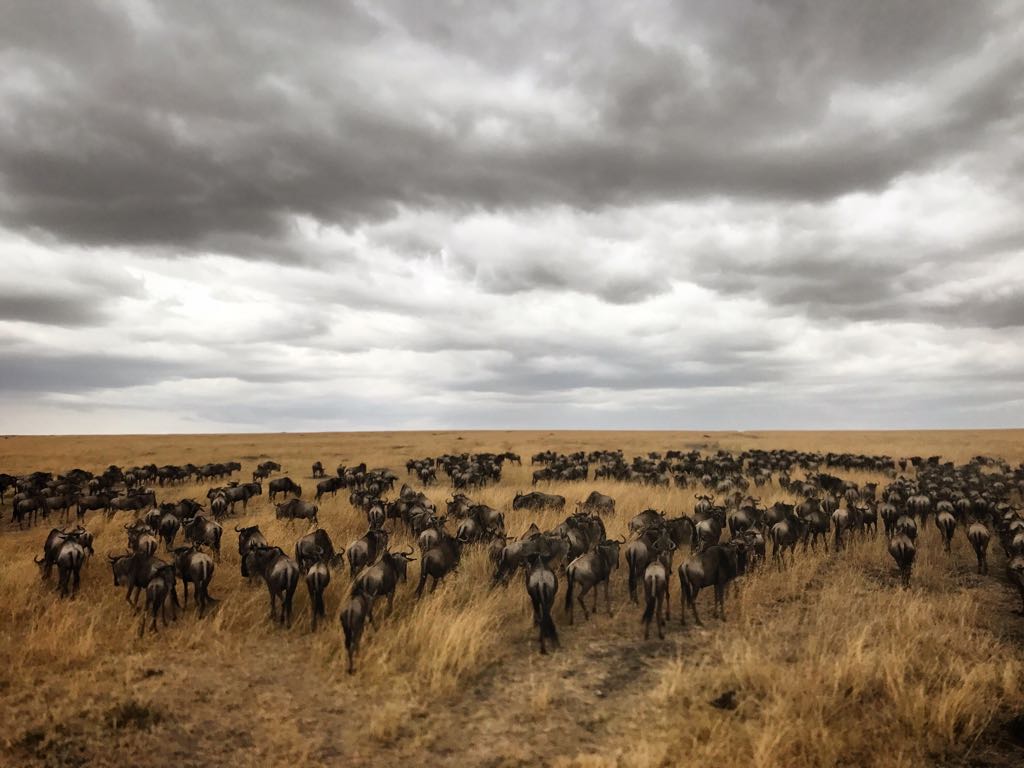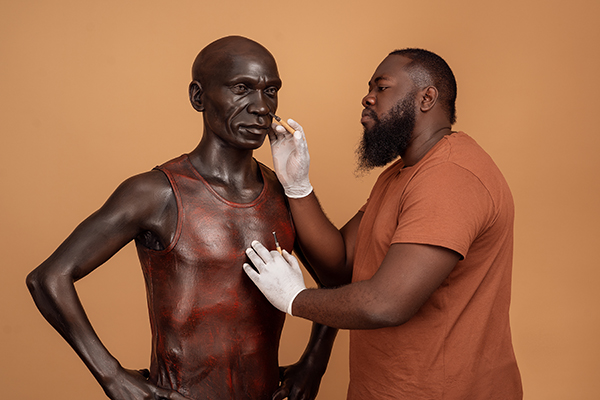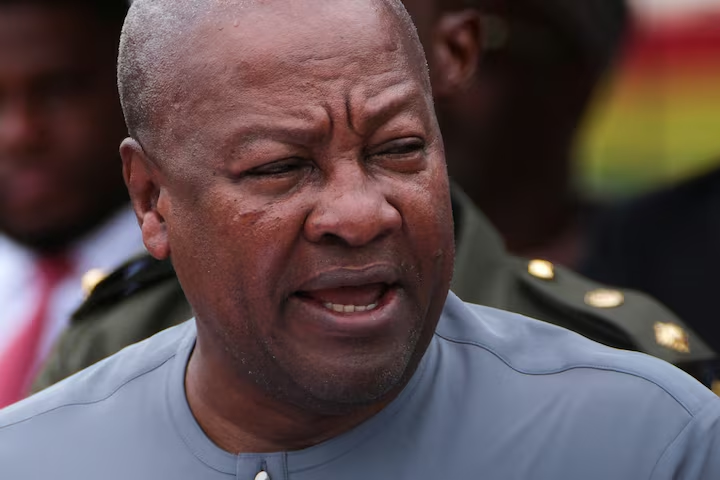
#MaraMigration: Lion cubs and wildebeest crossing

CGTN Africa journeyed to the Maasai Mara to document the wildebeest migration. Aside from witnessing the spectacle of the river crossing, we also came across intimate moments between other wildlife, and gained a deeper insight into the surrounding communities that have called the Mara home for thousands of years.
We recount two of our experiences below:
Curiosity killed the cat
“It took us by surprise as our driver was negotiating the four-by-four around a bumpy corner, to come eye-to-eye with a little lion cub pushing its head through the tall grass – its deep-black eyes fixated on the car windscreen. Our driver killed the engine, and we sat in silence as we watched the cub play.
“Down by the river, next to a rotting wildebeest carcass, we found more of the lion cubs, rolling over each other – weak on their feet. They were seemingly unalarmed by our presence, and some of the cubs even approached the wheel of our car to sniff the motor, or paw the tyres.
“Behind them, were four adult female lions and a large male with a shaggy mane and scars on his body. Within a distance that the pride could see them, the cubs pounced and toppled, like kids in a park – and if it wasn’t for more approaching tourists they would have happily stayed there. But as more cars came to the scene, the cubs ran back to the sleeping pride.”
One beautiful moment that CGTN Africa witnessed, was the moment a cub wouldn’t let two of the adults sleep:
Crossing troubled waters
“As the crossing came into life, all you could hear was the sound of hooves on the ground and splashing water. The wildebeest crossing, the eighth wonder of the world, is the main scene that draws hundreds of thousands of tourists to the Maasai Mara, and as they pushed through the raging currents – the tourists on the riverside aimed their cameras, and spoke excitedly.
“Although it’s only a tiny journey within the over-1,000 kilometre migration, the river crossing is one of the most dangerous trips the wildebeest have to make. If they’re not eaten by the submerged crocodiles, then they are at risk of being washed downstream and drowning. For the youngsters of the herd who have only just mastered walking, this crossing must feel like Everest – a harsh initiation into the herd, and a taster of the hardships of time to come.
“CGTN Africa had been tracking this particular herd of wildebeest for a number of days. For a large portion of it, they had been teasing our camera crew by coyly walking down to the riverside, but on our last day, they made the leap. Incredibly, all of the herd survived – including the pathfinders, the zebras that had led the way for much of the journey and who had given the “all clear” for the crossing.”






